Are single origin coffees actually “better” than blends?
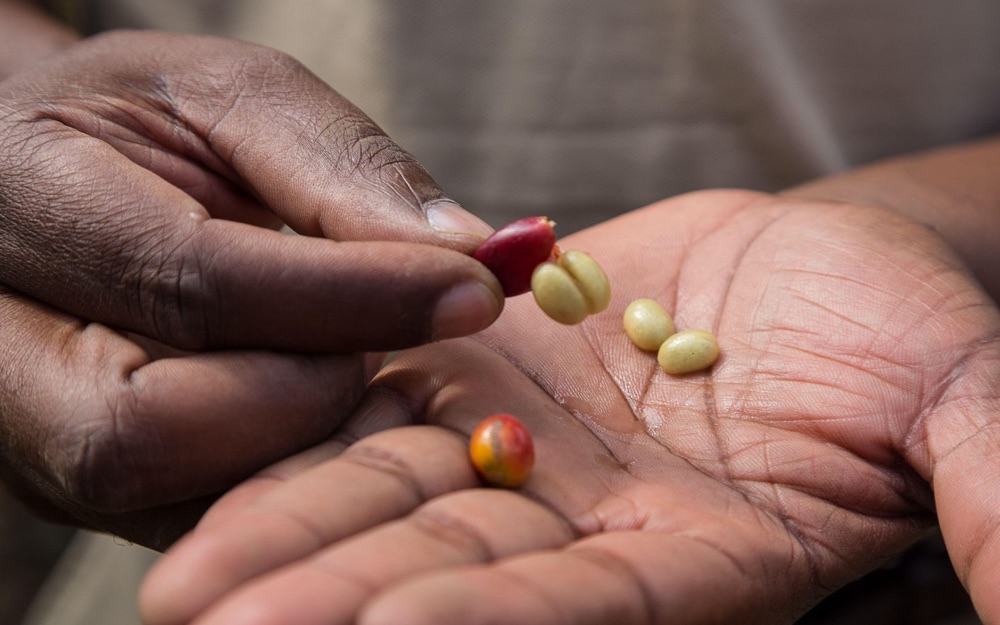
In practically every third wave coffee shop around the world, you’ll find at least one single origin available as espresso or filter. Both coffee professionals and consumers alike enjoy these coffees – largely because they often better showcase a coffee’s terroir and innate characteristics.
But over the past decade or so, specialty coffee’s fixation on single origin coffees has become more and more pronounced. As well as the perception of higher quality, transparency and traceability have become increasingly important for consumers – people now want coffees which have a “story” behind them.
However, in recent years, blends have made something of a comeback. At previous World Barista Championships, we have seen more and more competitors use blends as part of their routines. Furthermore, as coffee prices have increased, more roasters have started to switch their focus towards blends to manage their costs more effectively.
So – are single origin coffees still more popular among specialty coffee consumers? And if they are, are they still really “better” than blends? To find out, I spoke to Joel Singer, founder and general manager at Origin Coffee in South Africa, and Lloyd Thom, green buyer at Campos Coffee in Australia. Read on for more of their insight.
You may also like our article on why knowledge of coffee origin matters.
What does “single origin” really mean?
Like with many other terms in specialty coffee, there is no formal definition of “single origin coffee”. Although we can determine that single origin coffees are sourced from one location, this can range from:
One specific country
A region within a country
One particular farm or producer (who may own multiple farms)
A specific plot of land on one farm (such as micro or nano lots, depending on the size)
Consequently, these coffees often have more unique flavour profiles, and are more expressive of the terroir in the region where they were grown. The term “terroir” – which is typically used in the wine industry – essentially encompasses all of the factors that contribute to the flavours in coffee. Some of these include:
Altitude
Soil quality & composition
Climatic conditions
Organisms which live or grow in, on, and around coffee farms
Furthermore, single origin coffees become more popular because more consumers care more about traceability and transparency. Compared to a blend – made up of several different component coffees – single origins are much easier to trace back to one particular region, farm, producer, or plot of land.
To market these coffees more effectively, roasters will often include more information on the packaging – such as altitude, variety, processing method, and cup score. They may also share more information about the producer and the farm with the consumer as a means of “bridging the gap” between the two.
Does “specialty” imply “single origin”?
For the most part, specialty coffee roasters and coffee shops have long since associated single origins with higher quality for a number of reasons.
This idea first came about during the third wave of coffee during the mid-to-late 2000s, which was marked by quality and traceability becoming much more important for both roasters and consumers.
“The bigger commercial brands built their reputation on providing a consistent, yet sometimes lower-quality, product depending on their price points,” Joel says. “Back then, the way to differentiate your brand was to focus on traceability – who is the producer and where does your coffee come from.
“It was a cue to the customer that something was different about your coffee,” he adds.
Single origin coffees also helped to show consumers that some roasters work more closely with producers, and thereby know more about where their coffee comes from and how it was grown. Among other things, this can result in farmers receiving higher prices for their coffee, as well as establishing more trust with roasters to develop long-term working relationships.
“Single origins account for a relatively minor percentage of Campos’ overall sales, but they are at the core of our story and philosophy as a company,” Lloyd tells me. “We talk about the places these coffees come from and the people and processes involved.
“We aim to celebrate the origin itself, including the associations people may have with that specific country or region,” he adds.
A premium experience
With specialty coffee consumers placing a growing emphasis on factors like traceability and sustainability, they are often willing to pay higher prices for single origin coffees – as long as they are high-quality.
[When drinking single origin coffee], it’s almost like you’re taking the customer on a journey that they didn’t necessarily know they wanted to go on,” Joel says. “But they appreciate it once they experience it.”
Ultimately, by being able to taste more unique and interesting sensory profiles, consumers get to enjoy the full spectrum of a coffee’s flavour. At the same time, they are also learning more information about origin and coffee production – adding more value to the overall experience.
“Offering single origins plays an important role in brand perception for roasters – similar to selling a range of expensive items,” Lloyd tells me. “They might be out of a customer’s price range, but the fact that the roaster has these coffees tells the consumer that they know what they’re doing [when it comes to high-quality coffee].”
But what about specialty coffee blends?
There’s no doubt that single origin coffees helped pave the way for a general push towards higher-quality coffee, and irrevocably shaped the specialty coffee sector for the better.
However, that’s not to say blends don’t have an important role to play, too.
Blends have been a staple of the coffee industry since its beginnings, and are a combination of at least two different coffees. These coffees may vary across a number of factors, including:
Different countries (e.g. Brazil and Kenya)
Various regions with a country
Coffees from different producers in the same region
Different varieties or processing methods from the same farm (in this case, coffees can be known as single-origin blends)
Historically, blends have been perceived as being lower quality in comparison to single origin coffees. This can certainly be true in some cases, especially when the flavours in the different coffees aren’t complementary, or their solubility levels aren’t similar enough to ensure even extraction.
Furthermore, it can be common practice for larger commercial roasters to blend arabica with lower-quality robusta to keep them cost-effective – which has added to the overall perception of blends as being lower quality in recent years.
However, more recently, this narrative has changed – especially in specialty coffee. The idea behind blends is to create consistent and more repeatable flavour profiles, and to create a more well-rounded, versatile coffee than a single origin might be able to offer.
Blends in competitions
Over the past two years, we have seen this most notably on the stage at the World Barista Championship and World Brewers Cup.
At the 2023 WBC, for instance, winner Boram Um used a blend of anaerobically fermented Gesha and natural Pink Bourbon in his milk beverage course. Italian competitor Daniele Ricci, who placed second, also used a blend of Colombian Gesha and Caturra from the same farm.
During their performances, both competitors emphasised how blending their coffees helped to create a more balanced and well rounded taste experience.
Dependability & consistency
Consumers are clearly willing to pay more for single origin coffees, but sometimes the decision simply boils down to consistency.
“Roasters don’t create blends that are better than the sum of their parts just to sell cheaper coffee,” Joel says. “Blends tend to be at entry-level price points for good reasons.
“At our coffee shops, around half of sales are blends,” he adds. “But with wholesale customers, it’s about 90% – prices are a concern for the vast majority of hospitality businesses.
“If every roaster was only selling single origins, consumers wouldn’t necessarily have the same experience wherever they go,” he continues.
So, are single origin coffees “better” than blends? Well, it’s difficult to say. Ultimately, the answer is completely subjective and based on an individual’s preference, so it’s impossible to draw a conclusion across the board.
As an industry, the most important thing will be acknowledging that both single origins and blends have a huge potential for quality – and as such, that they can coexist harmoniously.
Enjoyed this? Then read our article on specialty coffee blends: How exciting can they be?
Photo credits: Lloyd Thom, Campos Coffee
Perfect Daily Grind
Want to read more articles like this? Sign up for our newsletter!
The post Are single origin coffees actually “better” than blends? appeared first on Perfect Daily Grind.
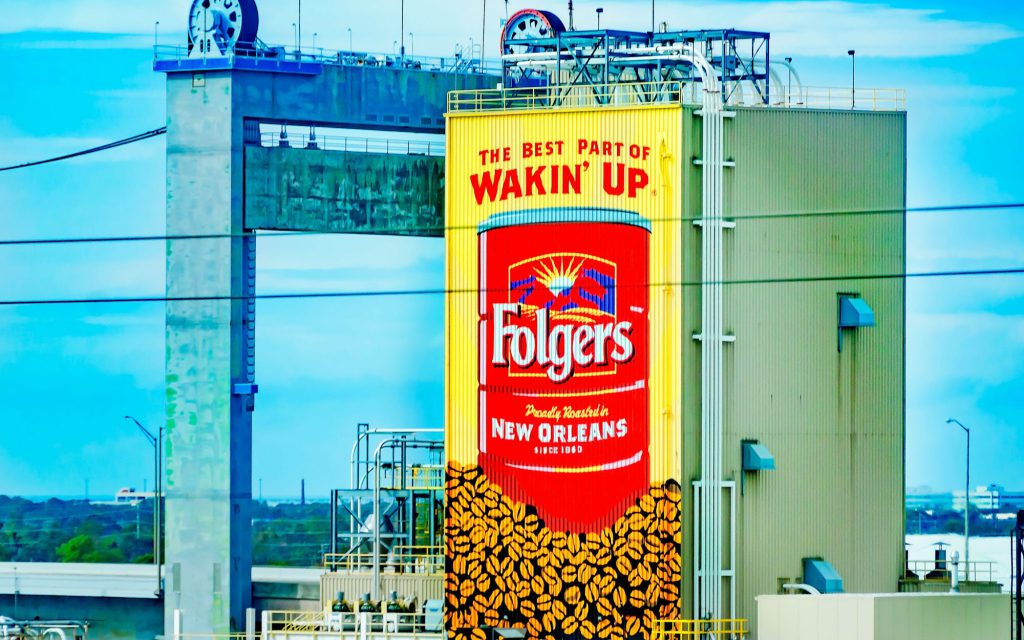
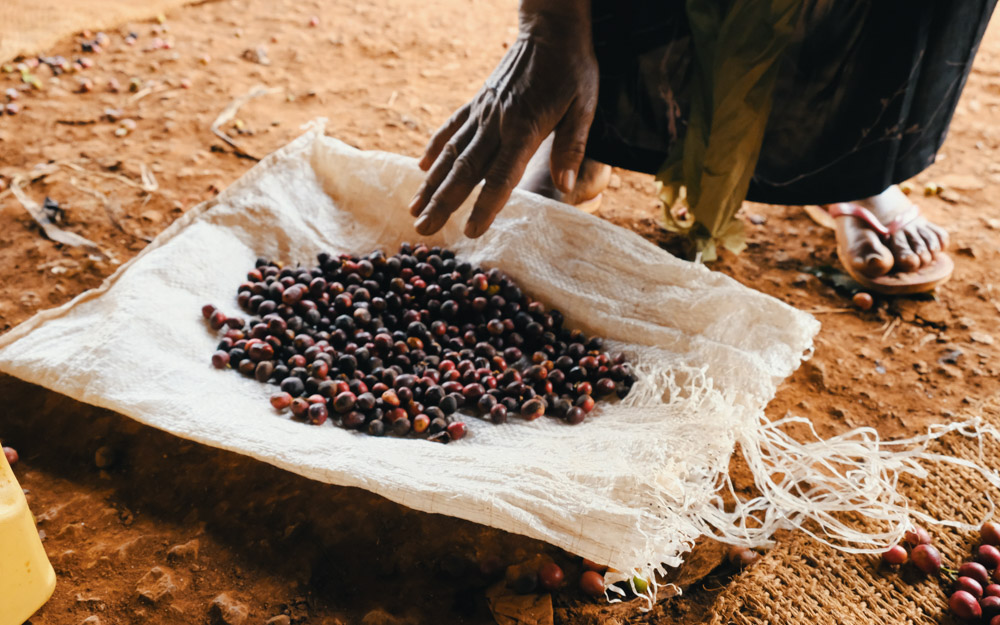
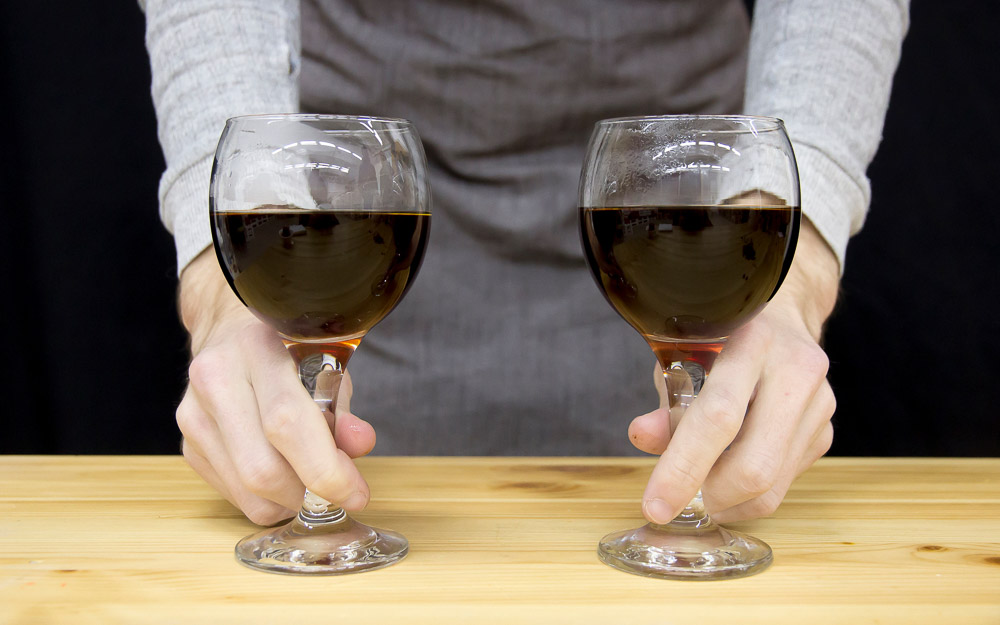
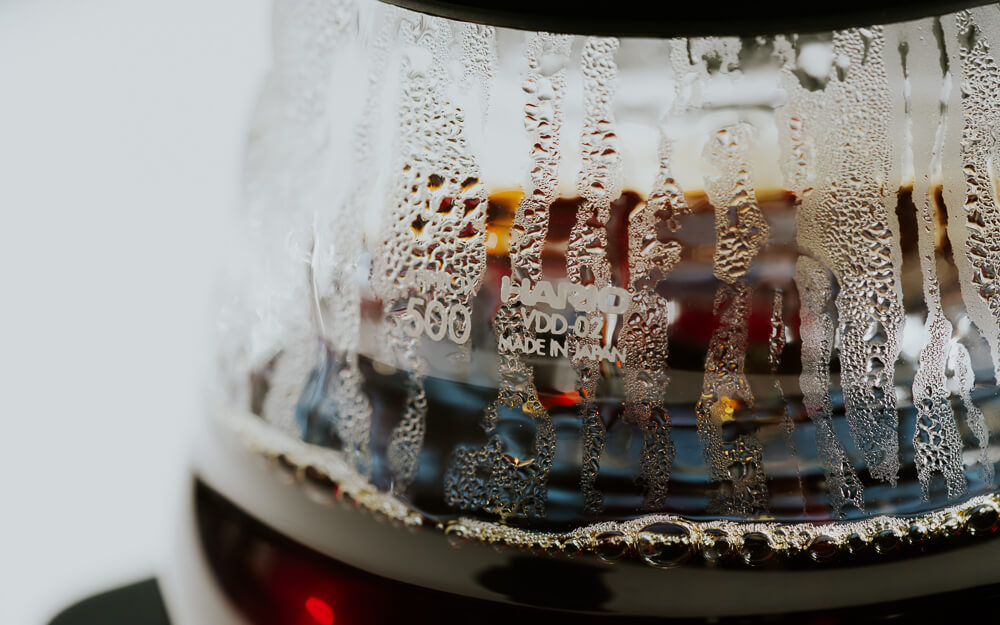
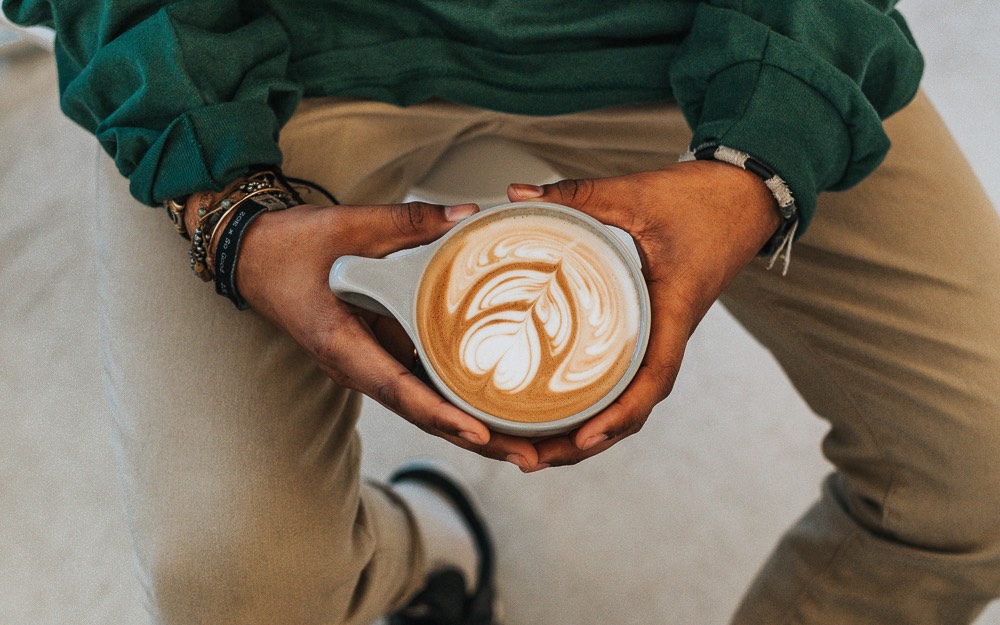
Responses